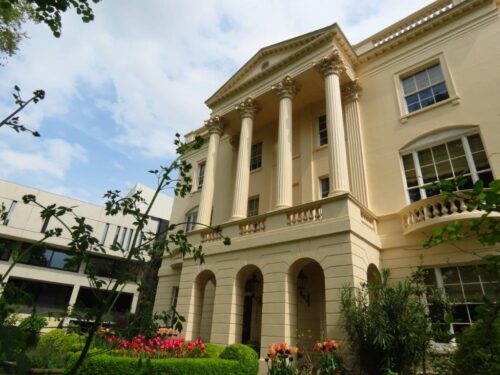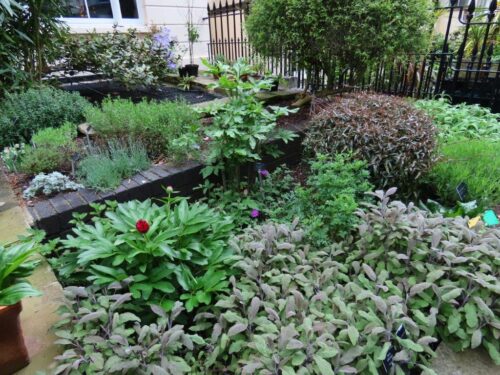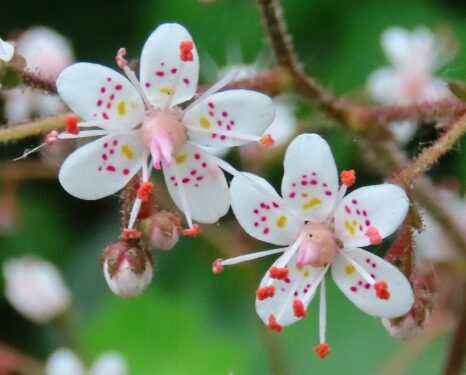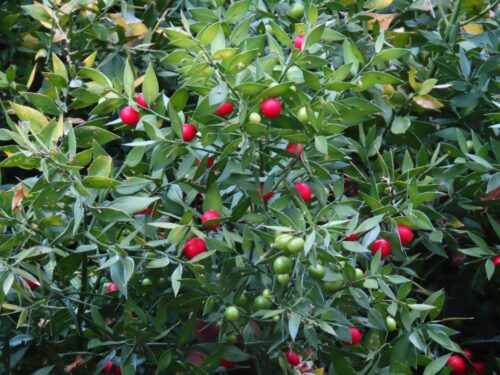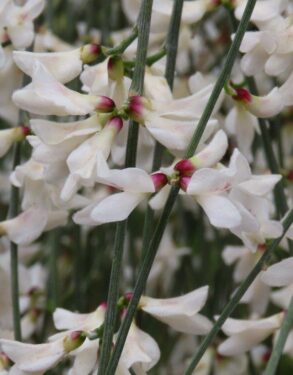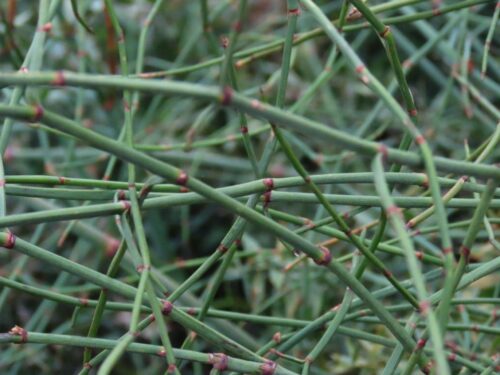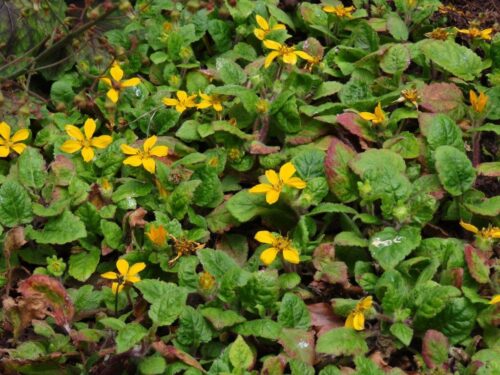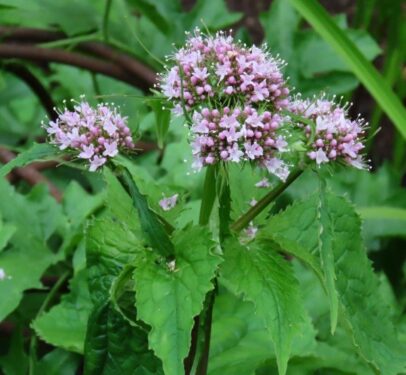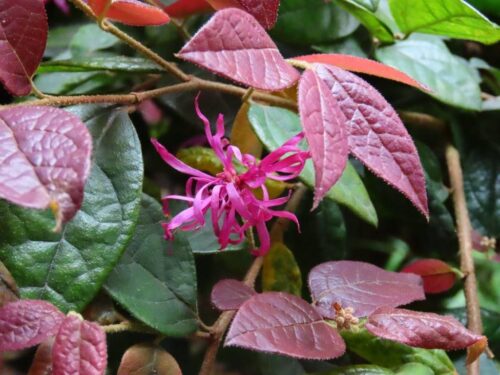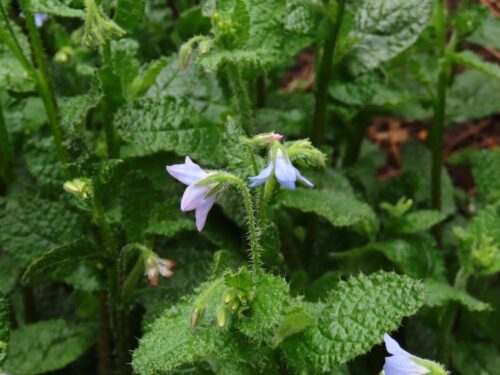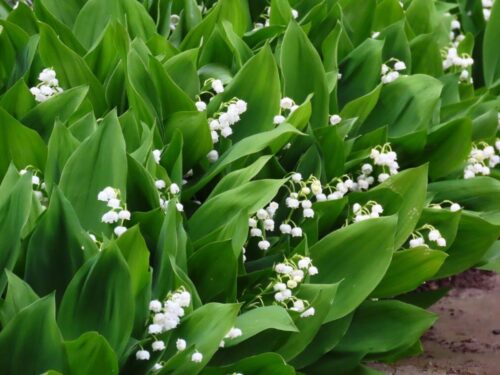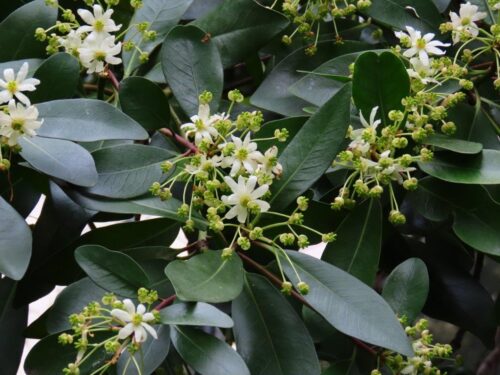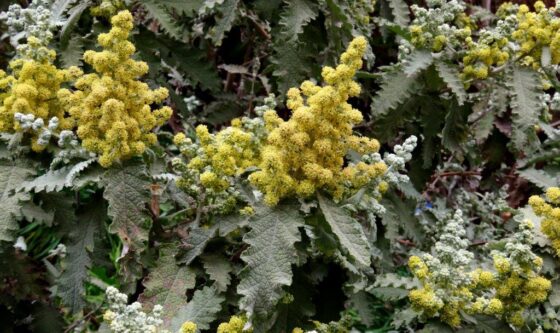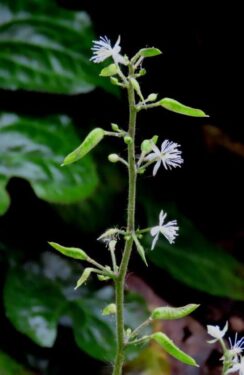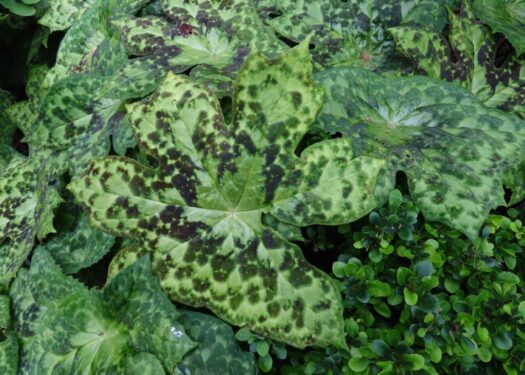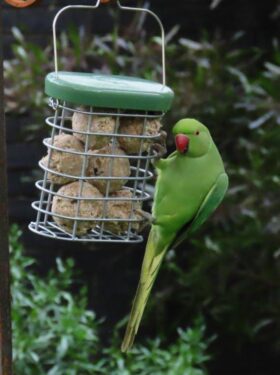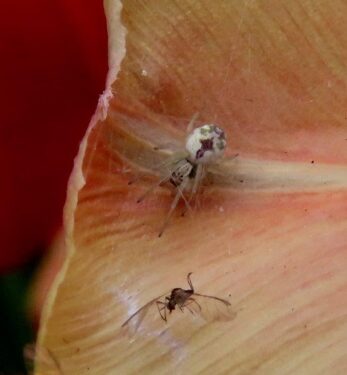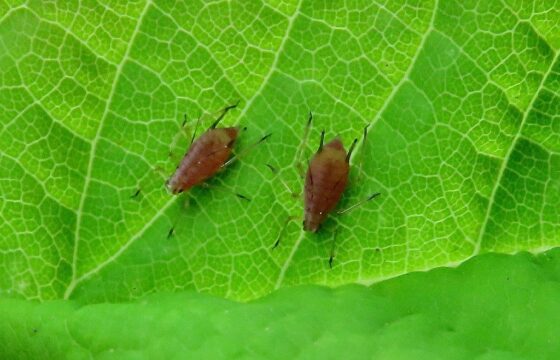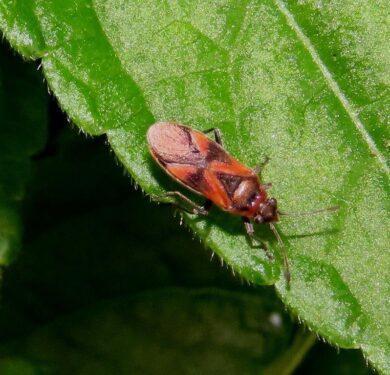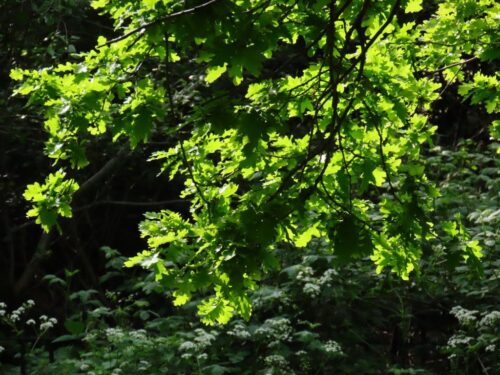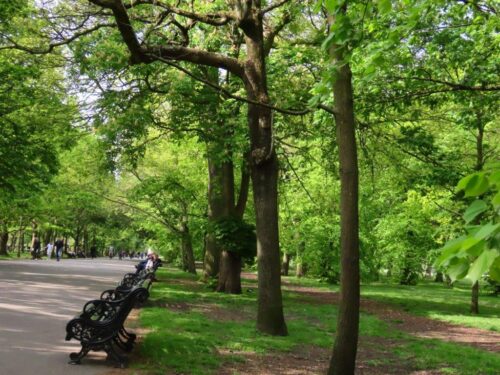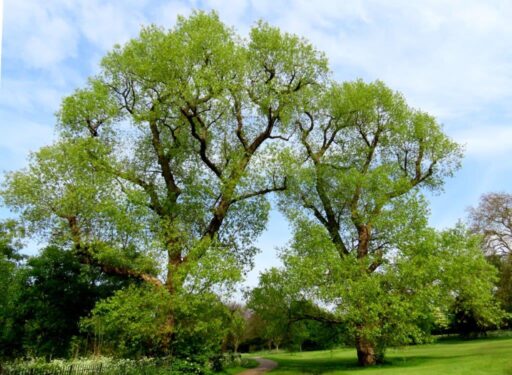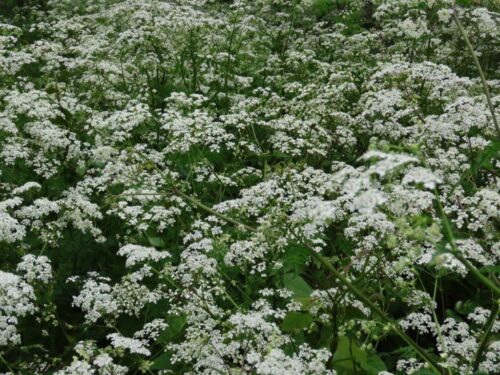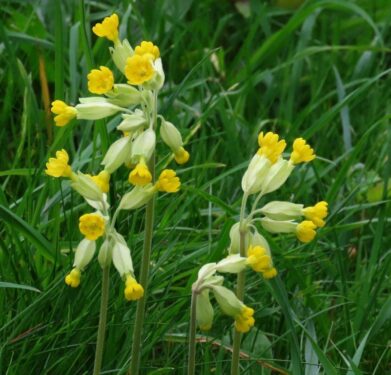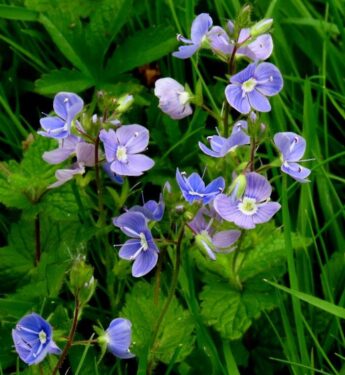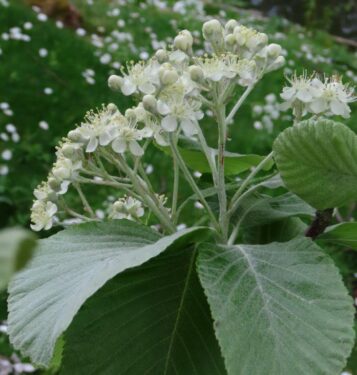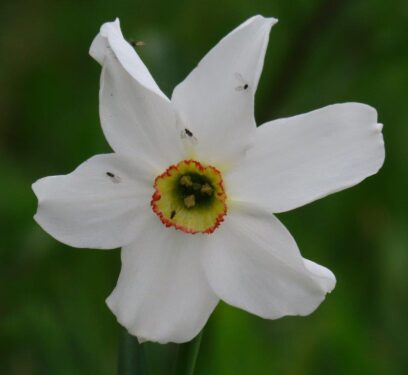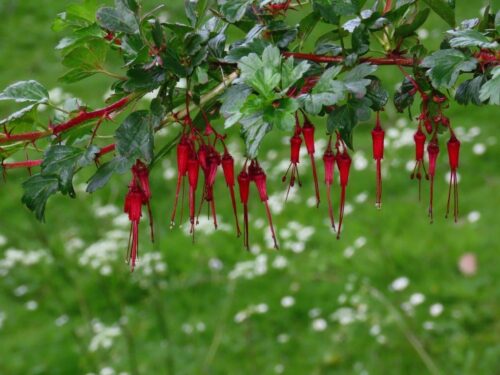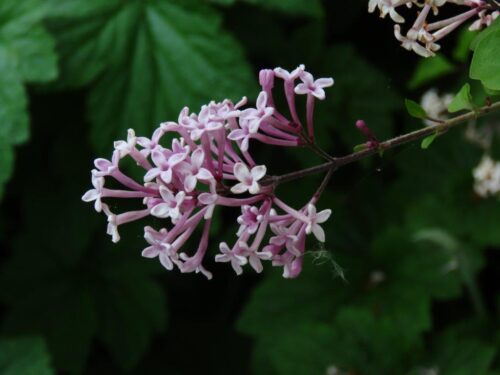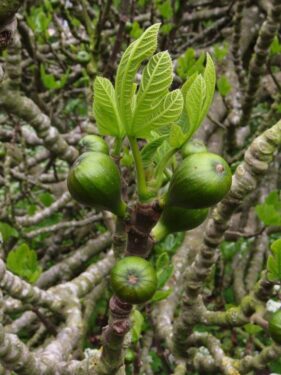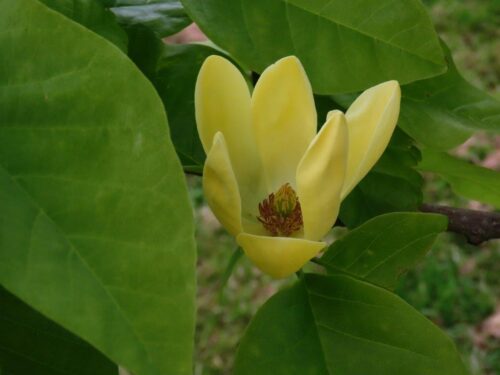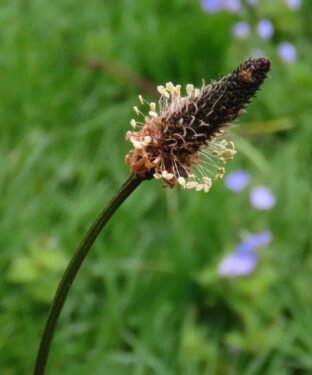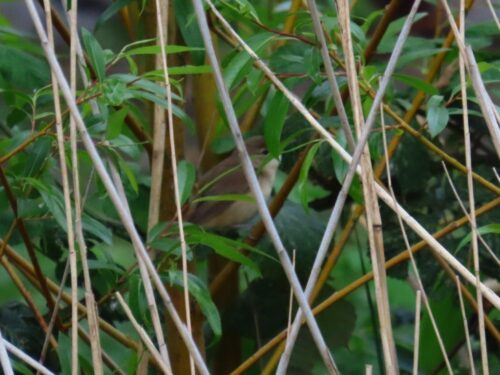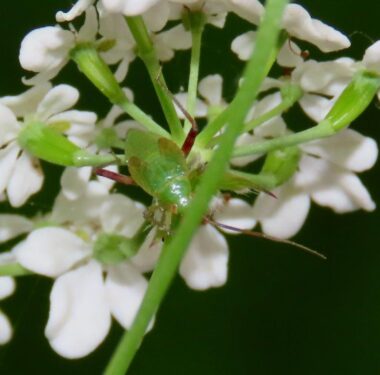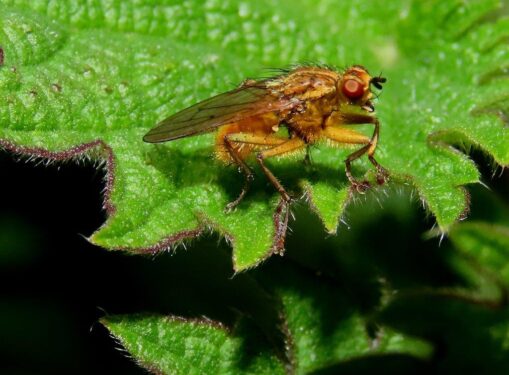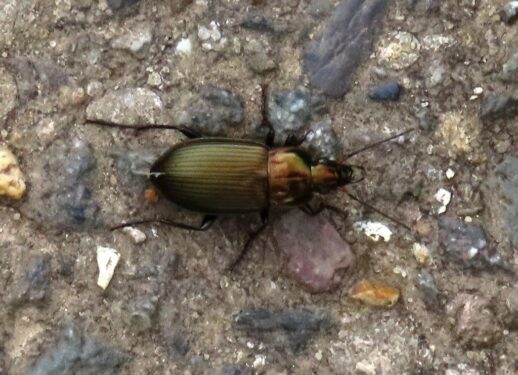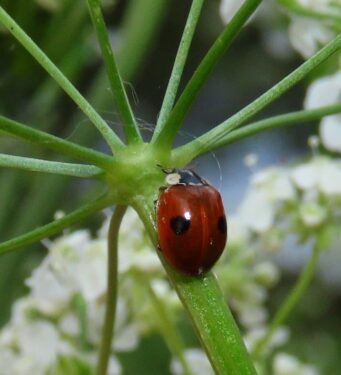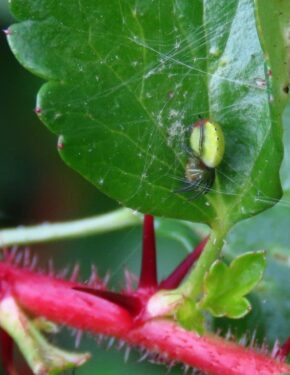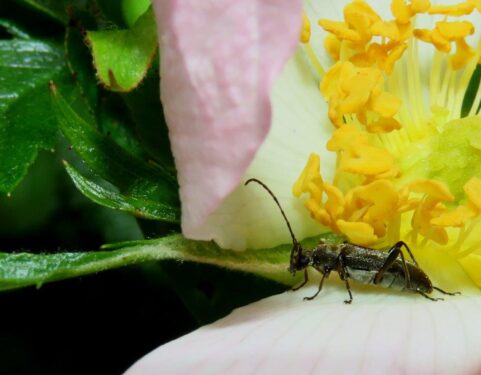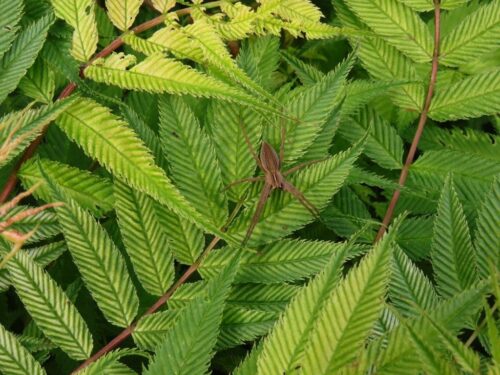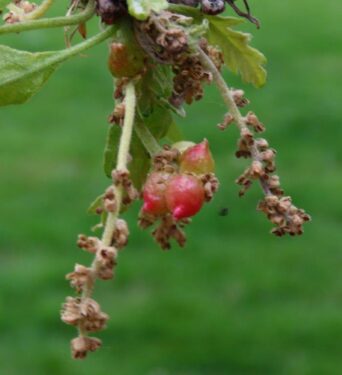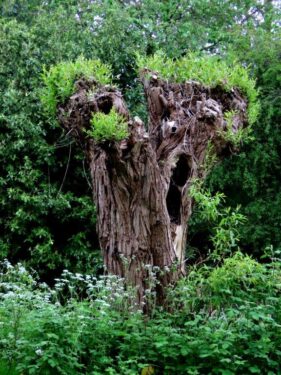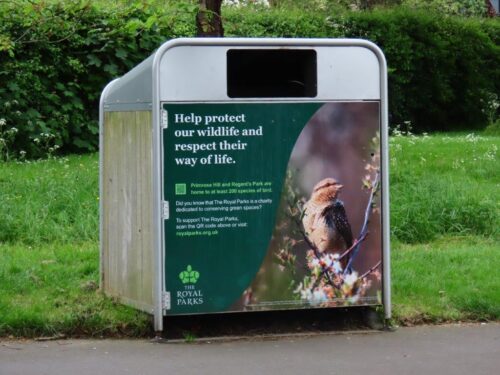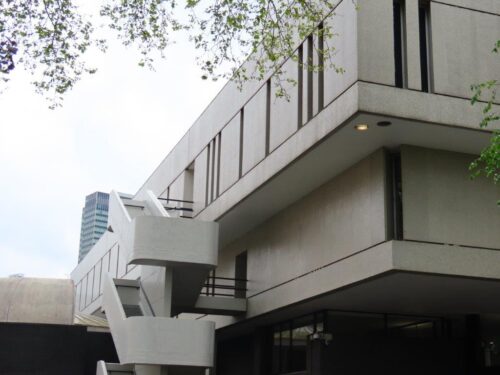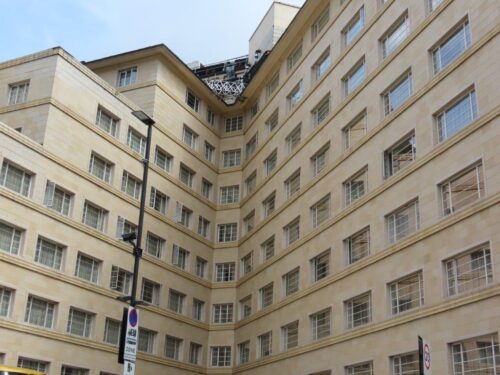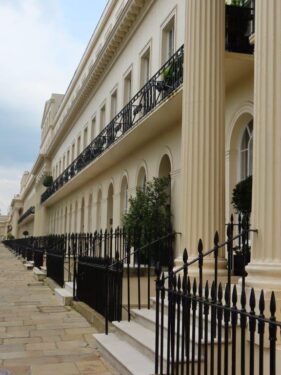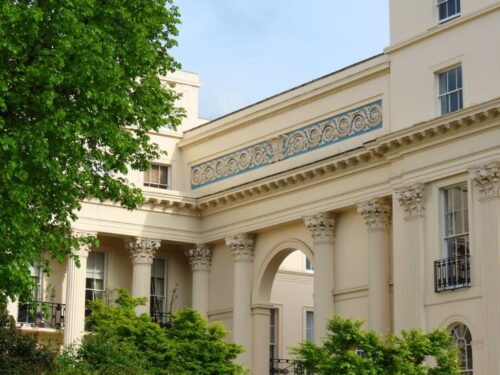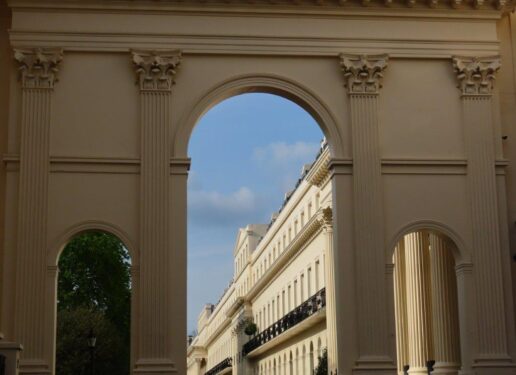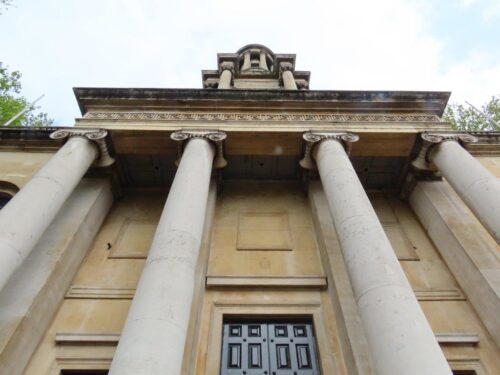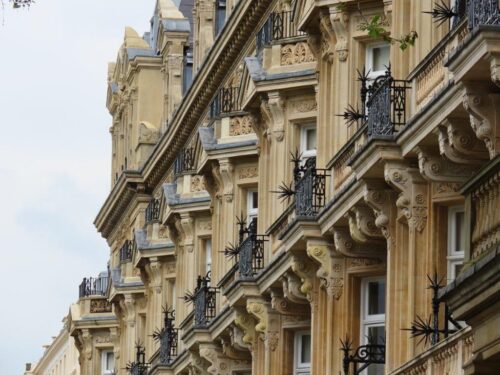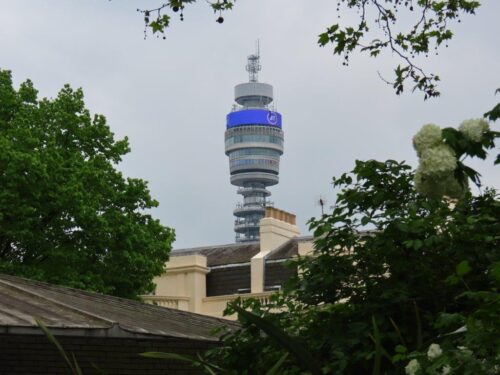Our latest trip to London was in direct response the book we reviewed a few months ago about the botanical origins of modern, prescription medicines. The book told us about the garden of medicinal plants created by the Royal College of Physicians and the monthly guided walks around it. When we found that the May walk was to be led by a good friend of ours, our May Day out was inevitable.
The gardens may be small but they are packed with interest, hundreds of species with connections to medicine. While there are some crossovers with the Chelsea Physic Garden, that is rooted in herbalism whereas the RCP garden is more scientific, with medically proven plants rather than those that have assumed functionality based on for example the fanciful Doctrine of Signatures. It is also a beautifully laid out garden, geographically themed and impeccably labelled (surprisingly not a feature of too many botanical gardens!).
So, few of the plants below are named. You simply need to go there and find the labels yourself: it is free, indeed the walks are free, you just need to check in at reception (and book onto the guided walks). The plants range from familiar and common to rarely seen, wild to cultivated, the ordinary to the beautiful, like the very-familiar-but-stunning-close-up polka-dot paradise that is London Pride:
There were even a few that I as a hardened botanic garden visitor had never seen before, the buttercup relative Beesia calthifolia and the South African Buddleia glomerata, most unBuddleia-like although perhaps the leaves do echo those of the Buddleia crispa I am so familiar with at Beth Chatto Gardens.
And not just interesting flowers. Podophyllum ‘Spotty Dotty’ always makes an impact, but here it is the Box in the bottom corner of the picture that is most significant. Lots of Box around the garden, and no signs of Box Moth damage, and it was very pleasing to hear from the Head Gardener that this is not achieved by use of chemical pesticides. Given the business of the RCP it would be ironic if they were to resort to pesticides (= poisons) to keep the garden looking good, notwithstanding the recognition of the subtle dividing line between medicines and poisons…
Away from the plants, yes of course there were Rose-ringed Parakeets, together with invertebrates including the little spider Nigma puella, Rose Aphids and the Plane Bug, no doubt using the Oriental Plane that dominates one of the garden areas.
It is a lovely garden and we will certainly make it a regular stop-off on our trips to London, to see it at different stages of the year.
And so it was then across the road to Regent’s Park on what was just about the first really warm day of the year. The trees were springing into leaf, each recognisable by their hue, rather than the ‘standard’ green of foliage later in the season sullied by the trials of life.
Once again plants, both wild and cultivated …
… but what really struck me was the overlooked beauty of the humble, freshly emerged Ribwort Plantain.
There was a Reed Warbler singing summer into the merest sliver of a reedbed by the lake, and as always a range of insects and other critters to slow down our perambulation!
We were especially pleased to see the galls of the spring generation of the gall-wasp Andricus grossulariae on the dangling tassel catkins of Turkey Oak, rather like the redcurrant galls on native oaks (the spring generation of Spangle Gall-wasps) but with a nipple-like projection. A. grossulariae is one of the gall-causers that have two generations in a year, each generation on a different species, and in this case one native and the other non-native. Some pretty complex happenstance here for it to have become established in this country – it arrived here around the turn of the Millennium.
A couple of final images from the Park, first a pollard willow doing its best to recreate ‘The Scream’, and some ‘interesting’ imagery on the bins. A fine message but to feature a Wryneck as the star seems a bit ambitious!
While in the area of course we could not ignore the surrounding built environment, especially since the business end of the RCP is housed in a Brutalist masterpiece by Denys Lasdun (we must book on one of the architectural tours in due course!):
Out the back are the impressive Art Deco Melia Apartments, and just up the road Chester Terrace, in all its Neo-Classical ‘finery’ (ie not to our taste!)…
… and a selection of other styles, including an ‘old friend’ looking benevolently on.
Another wonderfully varied day of delights!
